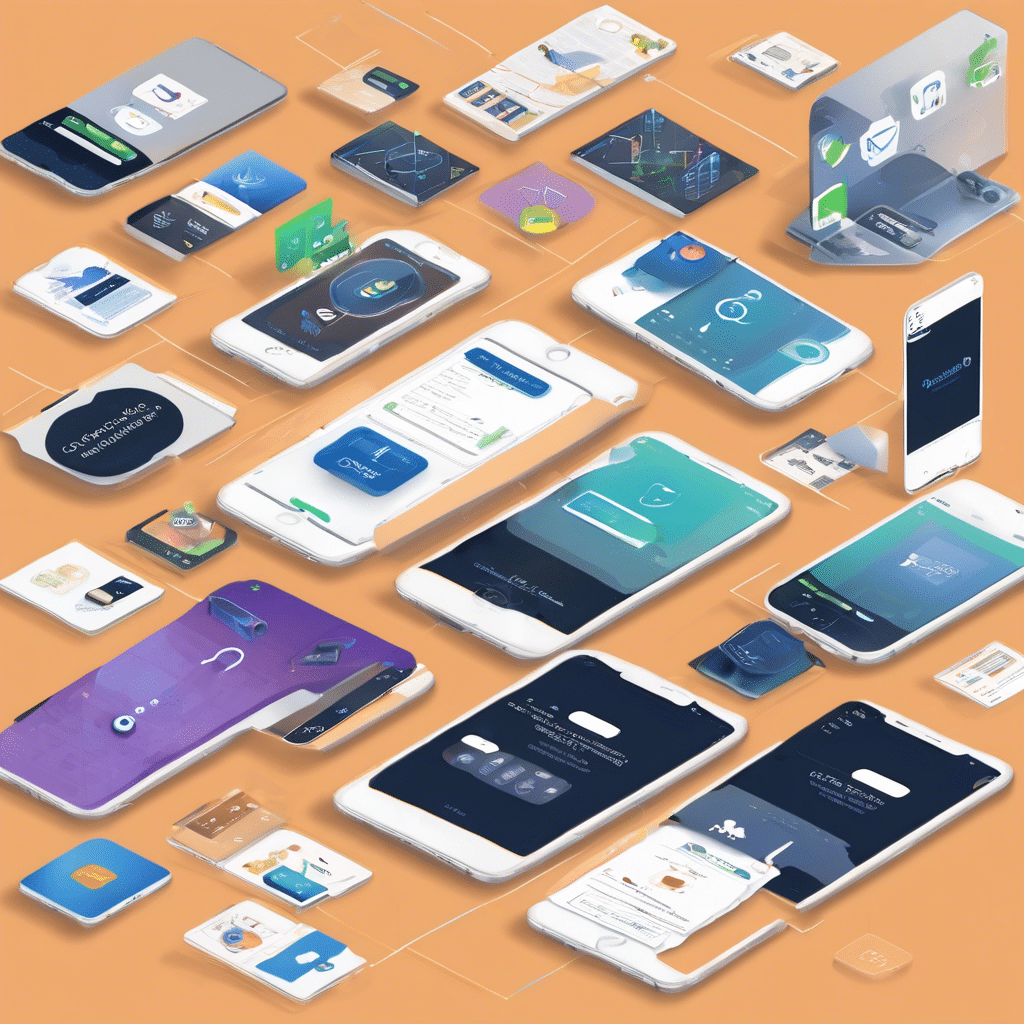A website will only work well if it’s designed properly. After all, users that engage with a website with easy navigation are more likely to have a positive user experience. Like many things, however, even web design practices change over time.
Regular website design changes must be implemented because of Google’s recently released Page Experience update, which includes user experience as part of the factors for ranking websites in search engine results pages (SERPs). Since ranking is crucial to visibility, certain site elements must be reassessed and optimized to guarantee it. If a web developer isn’t mindful of these variables, a website won’t rank well with Google’s revised metrics.
This article lists down five trends that will take center stage in 2025 for web design. Read on below to learn more.
1. Fun and Optimistic Design
It’s a well-known fact that web and app designs from 15 years ago were dominated by minimalist yet functional user interfaces (UIs). It followed a similar trend to the popularity of interconnected devices and online platforms, heightened by the emergence of Apple products.
Since the early iteration of the web has to be simplified, there’s now room for more experimental designs. For this reason, many web users today are now more open to diverse and innovative approaches to web design.
2. Mindful Web Design
For most people, the web is a safe space resembling a sense of calmness. This means design that’s easy on the eyes and not too overwhelming emphasized by “mindful web design.” Aside from the visual layout of a site, the information a site contains must also be easy to comprehend
Mindful web design also means the website itself must be optimized for mobile. A considerable percentage of organic search queries are now done using smartphones, so designing a mobile-friendly website is essential.
3. Muted Earth Tones
On a related note with mindful web design, muted and calm earth tones are best used as background colors to give users something restful to look at. While it may be a simple palette change, it’s an essential design feature because people tend to stare too much at screens these days. Implementing this would be an excellent choice if you really want users to engage with your website for longer.
4. High-Resolution Media
Technological innovations have always meant that there’s a way to integrate them into websites. Today, some of the biggest technological innovations can be seen on screens, which provide superior resolution than before. This allows web developers to integrate video content, 3D elements, and even Augmented Reality(AR) media to their websites.
This is evident from the shift of HD screens to 4K, which is four times the pixel density. It doesn’t stop there because there are now 6K and even 8K screens available. Because of this, web designers are now integrating cutting-edge visual technologies into websites to match their users’ hardware.
5. Interactivity
The goal of a website is to keep users entertained enough to keep engaging in your website, and there’s no better way to achieve this goal than by having interactive web design.
In a way, interactive web design is like a personalization feature because it lets users decide for themselves, contributing to a positive user experience. The most common interactive web design features are customizing background colors and search bars with filters that can help narrow down search results.
Conclusion
All of these trends are expected to take the realm of web development by storm, and it’s safe to say that their influence will still be felt in the years to come. You’d do well to use them for your website as early as now so that it will be successful.
Seisan Consultic, LLC. provides top-quality digital consulting services. Every website’s goals must be met for it to succeed, and we can assist our experienced and knowledgeable professionals. Contact us today to learn more!




